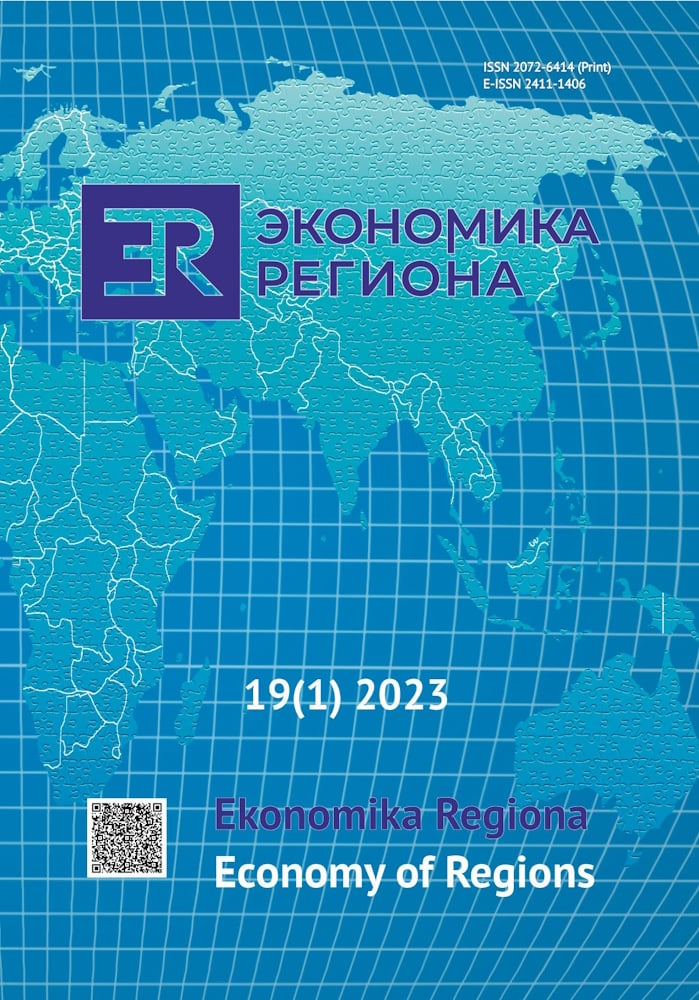Global Production Networks in the Regional Analysis Framework: Case of the EU Peripheral Automotive Manufacturing
DOI:
https://doi.org/10.17059/ekon.reg.2023-1-18Keywords:
global value chains, global production networks, input-output tables, domestic value-added, total factor productivity, betweenness centrality, EU periphery, automotive manufacturing, clusterisation, slowbalisationAbstract
Recent transformations following the global financial crisis of 2009, COVID-19 pandemic, supply chains disruptions and newest shocks have radically reshaped global production landscape and challenged comparative benefits of global production networks (GPN) vs global value chains (GVC) paradigms in international production analysis. The study tests the hypothesis that GPN concept allows for a better identification of structural shifts in international production structures while revealing regional patterns of cooperation. In the first section, the main methodological constraints of GVC paradigm are specified. Additionally, the reasons for the application of network-based approach to international production are outlined. The second section dissects the EU automotive manufacturing to support the theoretical propositions. While comparing GVC and GPN quantitative toolkits, the possible trade-off has been reached which is to calculate network indicators (transitivity, centrality, etc.) on the inter-country input-output tables. As a result, the hypothesis was confirmed. Specifically, betweenness centrality metric suggests that Czechia and Slovakia have immediately favoured a positive effect of the entry into the EU, whereas neither of GVC indicators reveals such a shift. Simultaneously, 2008 crisis is depicted via GVC indicators, whilst network metrics suggest no structural changes in the production system. These results corroborate to our theoretical juxtaposition of GVC/GPN approaches. The methodological cohesion of two sets of indicators further advances the views on European regional core-periphery integration and automotive production networks dynamics. At the same time, the findings may contribute to the reassessment of regional integration developments in Europe, as well as in Latin America and Eurasia.





